The Atmospheric Window in Remote Sensing
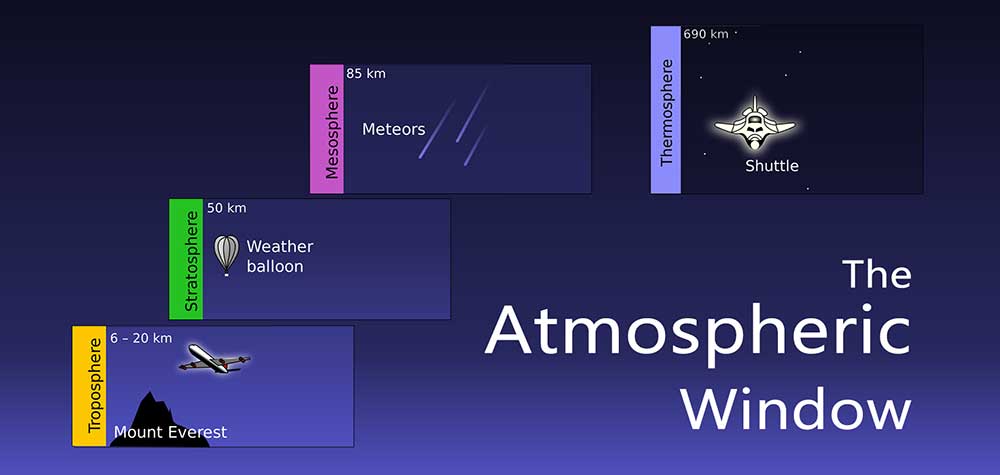
What is Earth’s Atmospheric Window?
Have you ever wondered about how light passes the atmosphere to the Earth?
Because of ozone, water, carbon dioxide, and other molecules in the atmosphere, this saves us from harmful radiation.
As a result, we only see specific portions of the electromagnetic (EM) spectrum. This phenomenon is known as the Earth’s “atmospheric window”.
In remote sensing, sensors are built to pick up those specific spectral bands.
The Atmospheric Window as a Curtain Filled with Holes
Not all of the EM spectrum hits the Earth’s surface. Atmospheric absorption prevents specific types of EM radiation from passing through the atmosphere.
The upper atmosphere blocks 100% of the gamma rays, x-rays, and most ultraviolet light. But notice how visible light freely passes. Our eyes use this visible light to see features on Earth.

Think of the atmospheric window as a curtain with holes…. and specific multispectral and hyperspectral bands can freely pass.
The curtain (atmospheric window) blocks specific wavelengths like gamma rays. But in reality, the curtain is the water vapor, ozone, carbon dioxide, and molecules in the atmosphere. These blocked wavelengths are known as “absorption bands”.
Holes in the curtain are the “atmospheric window”. This just means that specific bands of light can freely pass through to the Earth’s surface. In the image below, you can see how visible and near-infrared light can almost pass freely through the atmosphere.
To recap, an atmospheric window is the portion of the electromagnetic spectrum that can be transmitted through the atmosphere…. and an absorption band is the portion of the electromagnetic spectrum that is blocked.
How the Atmospheric Window Impacts Remote Sensing
The atmospheric window allows specific types of EM radiation to freely pass. Radio waves can pass through quite easily. But x-rays cannot and are blocked in the absorption band.
But how does this relate to remote sensing?
Engineers always keep the atmospheric window in mind when they design a sensor. They need to know which spectral bands sensors can measure.
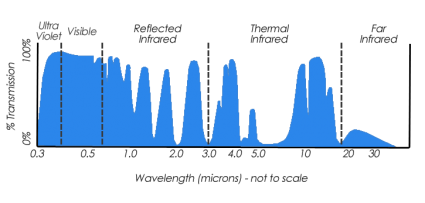
The graph above shows the Earth’s “atmospheric window”. The EM radiation (in blue) is what sensors are capable of seeing on Earth.
Our eyes can see red, green, and blue which is visible light. Healthy vegetation (or chlorophyll) reflects more green light. However, it absorbs more red and blue light. That is why our eyes see plants as green. Actually, this is the principle of the Normalized Vegetation Difference Index (NDVI).
But engineers design sensors to detect non-visible light as well. For example, vegetation reflects near-infrared (NIR) which is invisible to the human eye. But sensors can pick up this spectral information. If you perform any type of image classification technique, most likely you will use these principles.
In summary, special types of sensors can reveal new insights about Earth’s features, that our eyes can’t.
READ MORE: OBIA – Object-Based Image Analysis (GEOBIA)
Let’s Summarize
The atmospheric window applies to wavelengths of light at which electromagnetic radiation from the sun will penetrate the Earth’s atmosphere.
Remote sensing not only takes advantage of the visible spectrum (red, green, and blue) but also non-visible light.
This is why engineers keep in mind the atmospheric windows in the design process.
Unless you are an atmospheric scientist, why measure something that doesn’t reach the Earth?


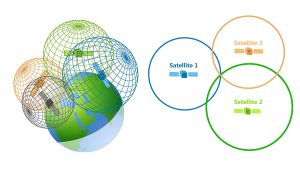
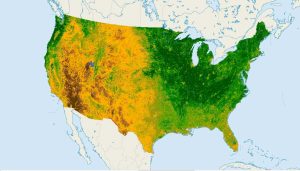
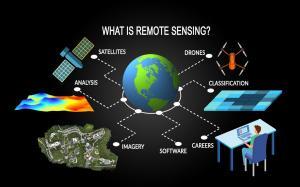
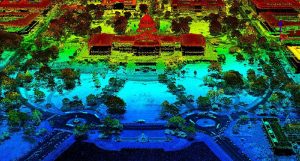
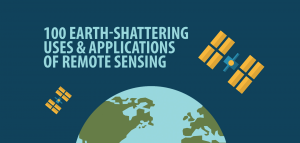
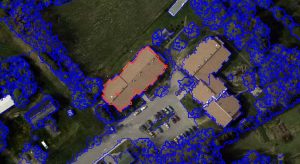

Thank you for the valuable information. Would you please elaborate and IIustrate with a diagram how atmospheric windows are used to setup Spectral bands in multispectral scanner?